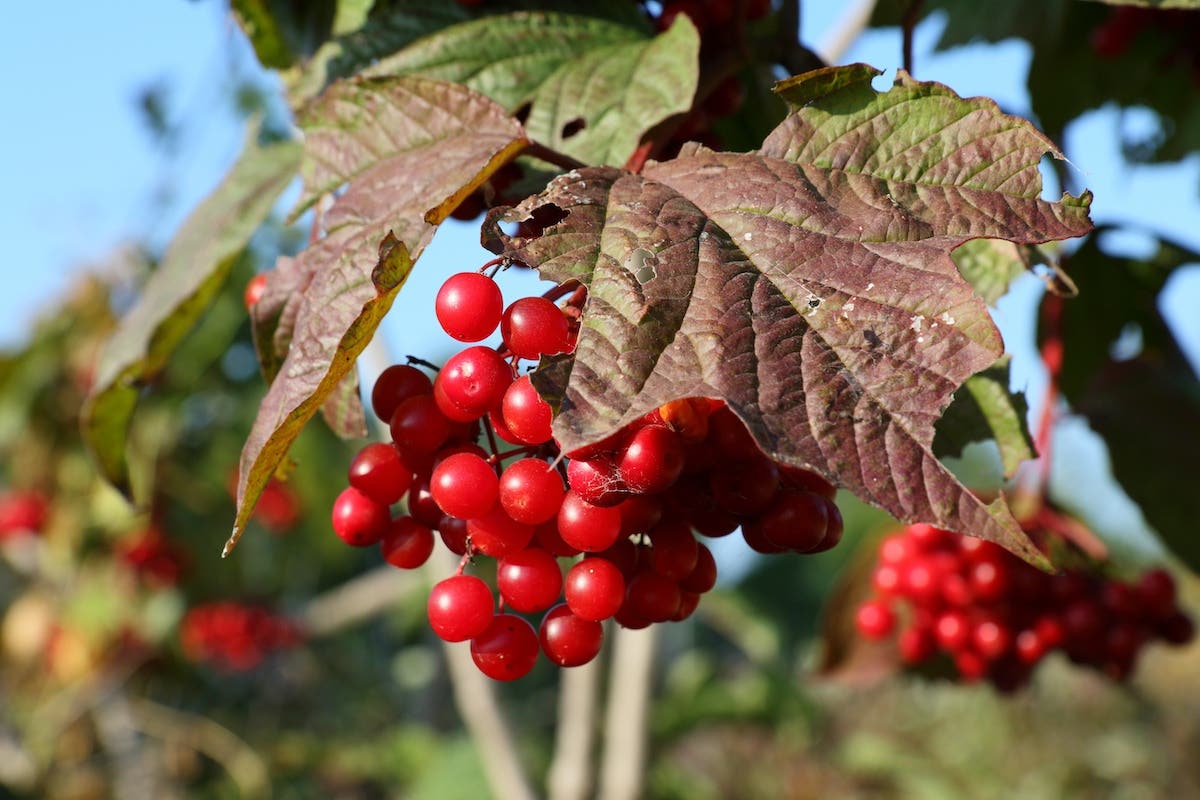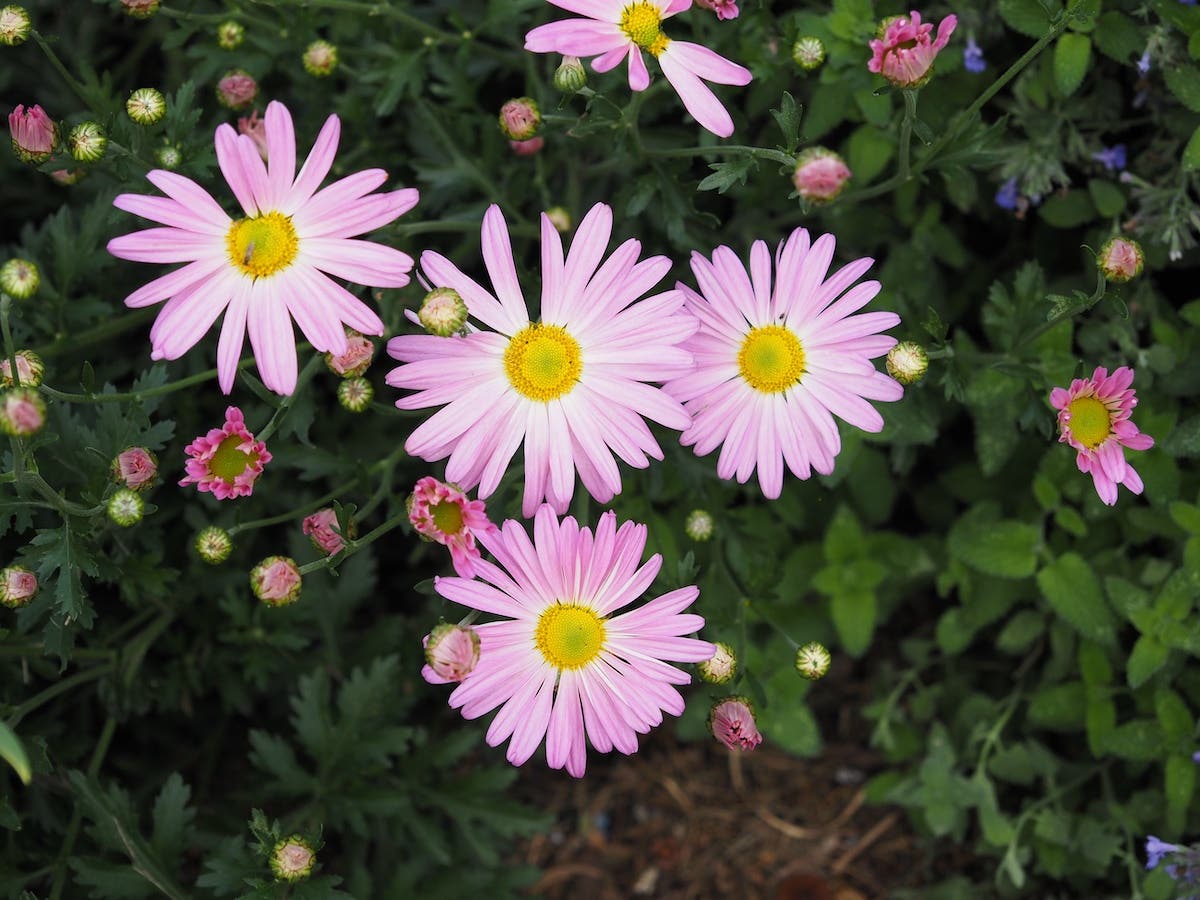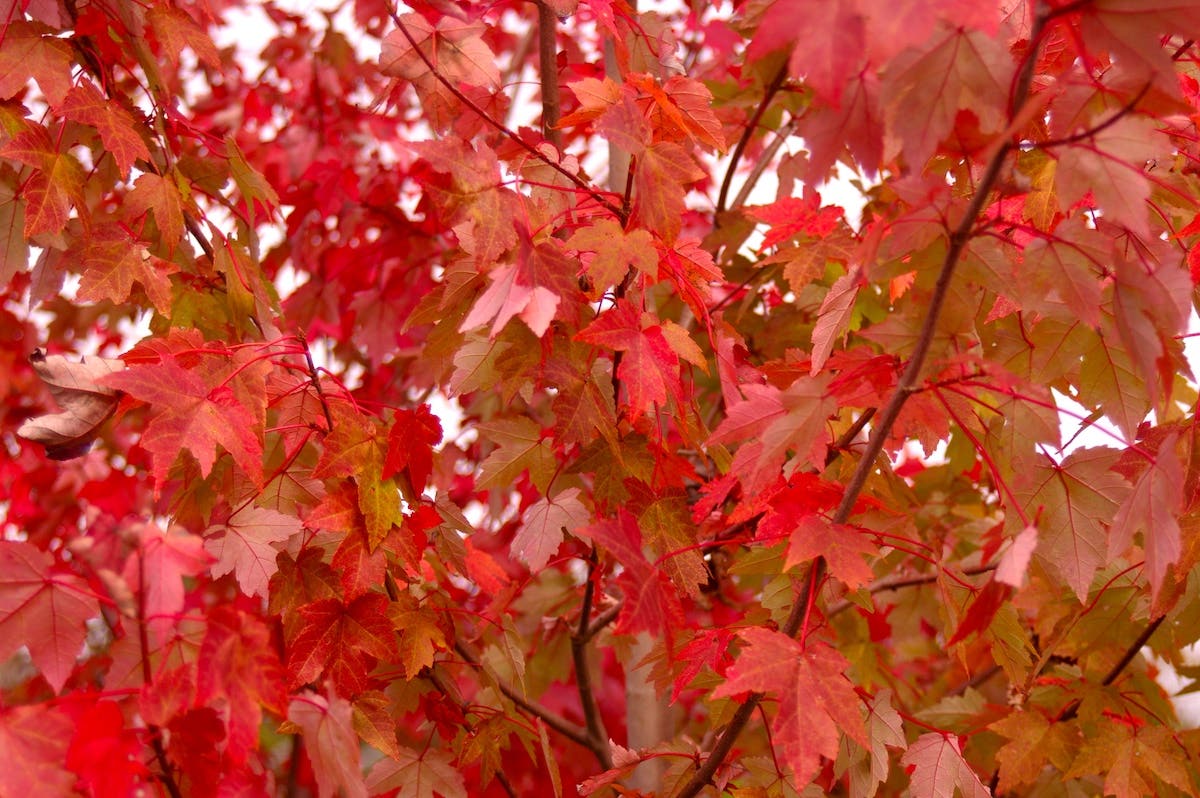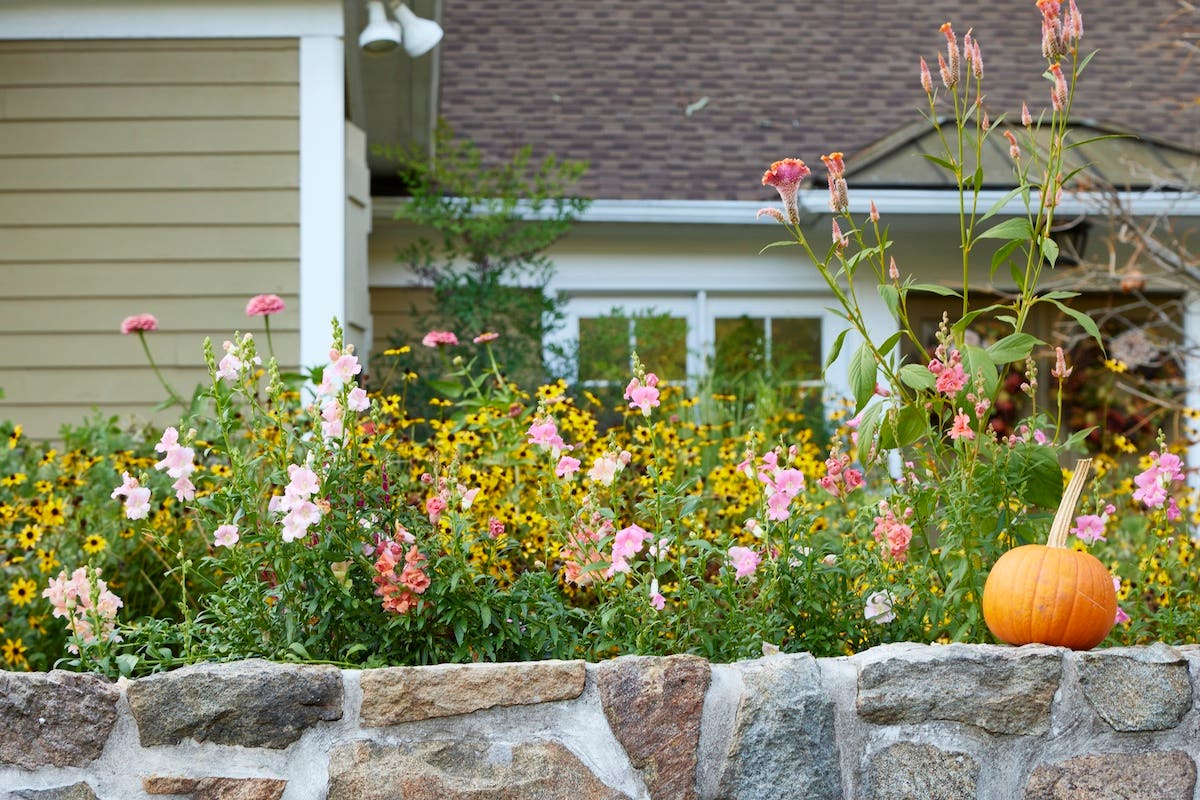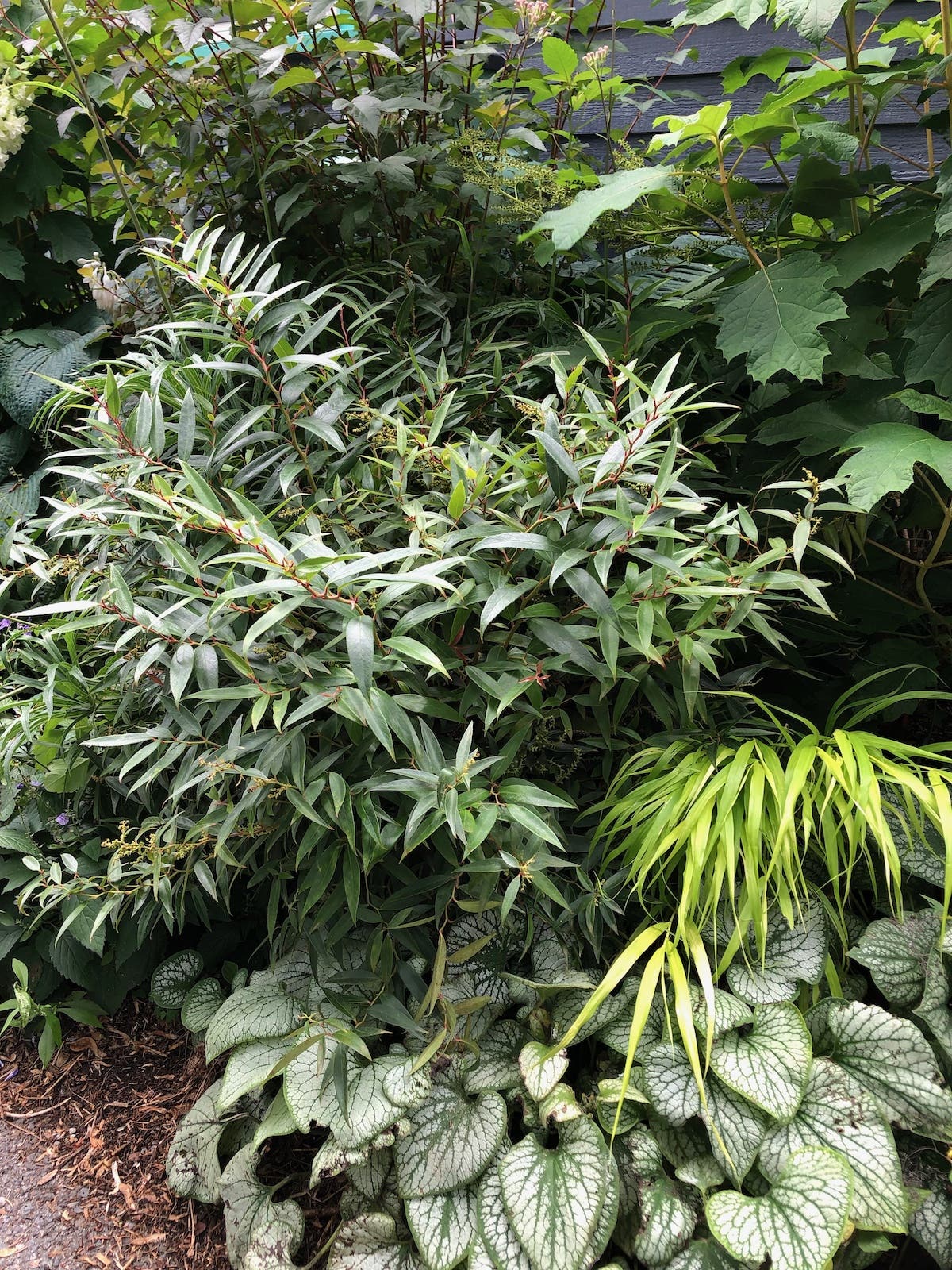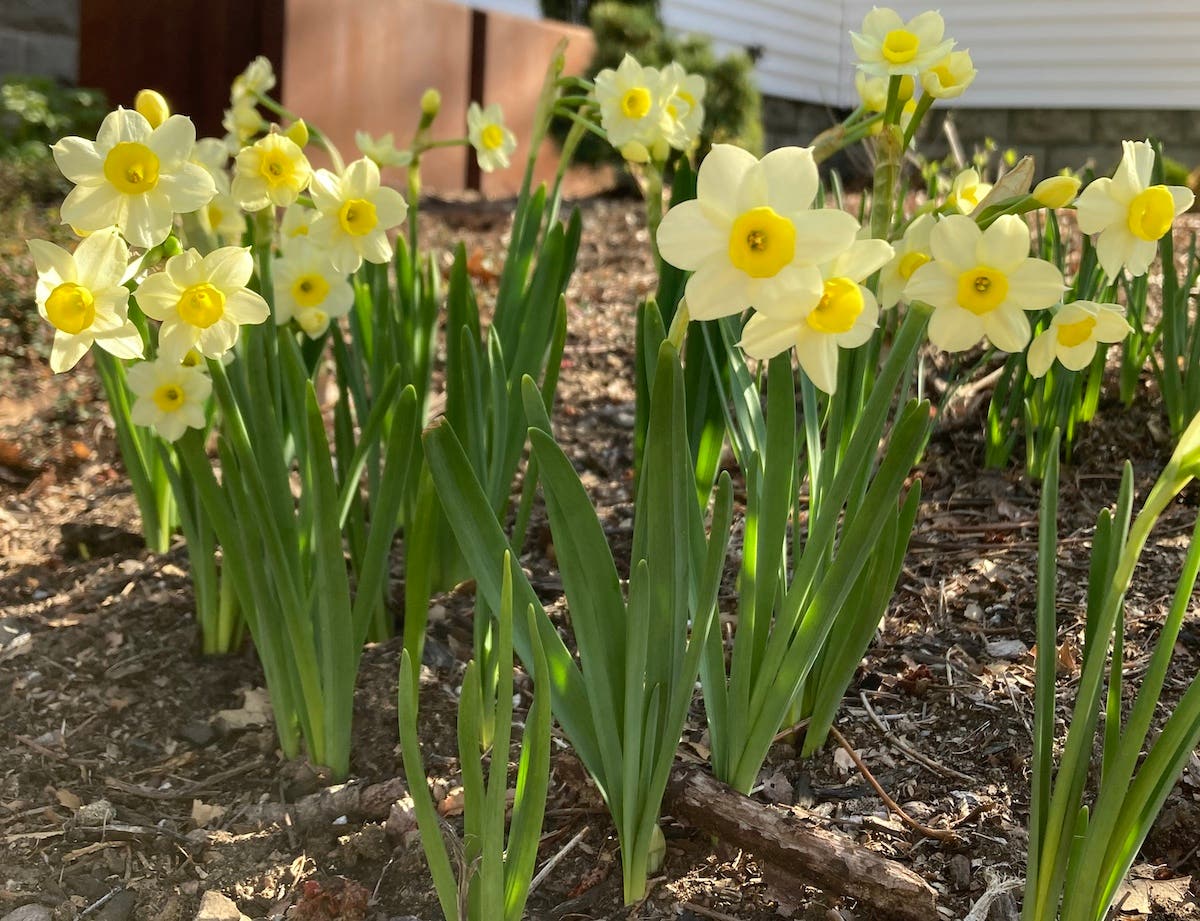Growing Artichokes
Artichoke plants provide a delicious harvest and also work as a striking visual in the garden. Read how to grown them and what to plant them with.
There is something classical about the artichoke (Cynara scolymus). The Greeks and Romans improved the wild form until it resembled the giant thistle-like plants we enjoy today. Mediterranean cultures still carry on a love affair with the artichoke; Italy and Spain are far and away the world’s largest producers. California grows the entire domestic commercial crop, on account of cool foggy summers that keep the plants producing young tender globes spring through fall.
My own artichoke romance began in my community garden plot in Tucson, Arizona. When my other cool-season veggies wilted from my inattention, the artichoke—brassy and silver—stood tall, its platinum rosette rising above the lesser edibles. In southern Arizona, tender young artichokes form nice heads by mid-April, and by mid-May their purple-blue thistle-like flowers are busting open. On account of our hot summers, the globes are tender and edible only in spring.
When you eat an artichoke, you are consuming the immature flower, which to me resembles a Queen Victoria agave on a stick. The beauty of the bud and flower convinced me that artichokes should be used outside the vegetable garden. My hunch was confirmed first at Chanticleer in Pennsylvania, where gardener Joe Henderson used a close artichoke relative, the cardoon (Cyanara carunculous), in an ornamental planting mingling with Texas hummingbird mint (Agastache cana), ‘Bright Lights’ cosmos (Cosmos sulphureus ‘Bright Lights’) and ‘Northwind’ switchgrass (Panicum virgatum ‘Northwind’). Later, on a trip to Texas, I found artichokes lending some heft to a bed outside Austin’s Big Red Sun Nursery where they were planted beneath a Texas olive tree (Cordia boissieri). These gardens proved to me that even if you hate the taste, artichokes are worth growing for form and foliage.
Most artichokes grown in the United States are the ‘Green Globe’ variety. These are hardy to USDA Zone 7 and should be heavily mulched where lows drop below 15. That said, a new cultivar developed by Peters Seed and Research promises production in colder climes: ‘Northern Star’ is said to have sub-zero cold hardiness. Artichokes need sandy, quick-draining soil, cool temperatures and regular water to perform their best. Where they aren’t hardy, these perennials can be grown in large pots and moved to a protected location for the winter. Harvest artichokes when the heads are tightly closed. In fall, let the plant dry out and remove the leaves once they have died down and dried up.
____________________________________________________________________________
Do you love artichokes? Then you will love Artichoke Extravaganza
Looking for more advice on harvesting your garden? Read Horticulture's Edible Gardening Techniques


